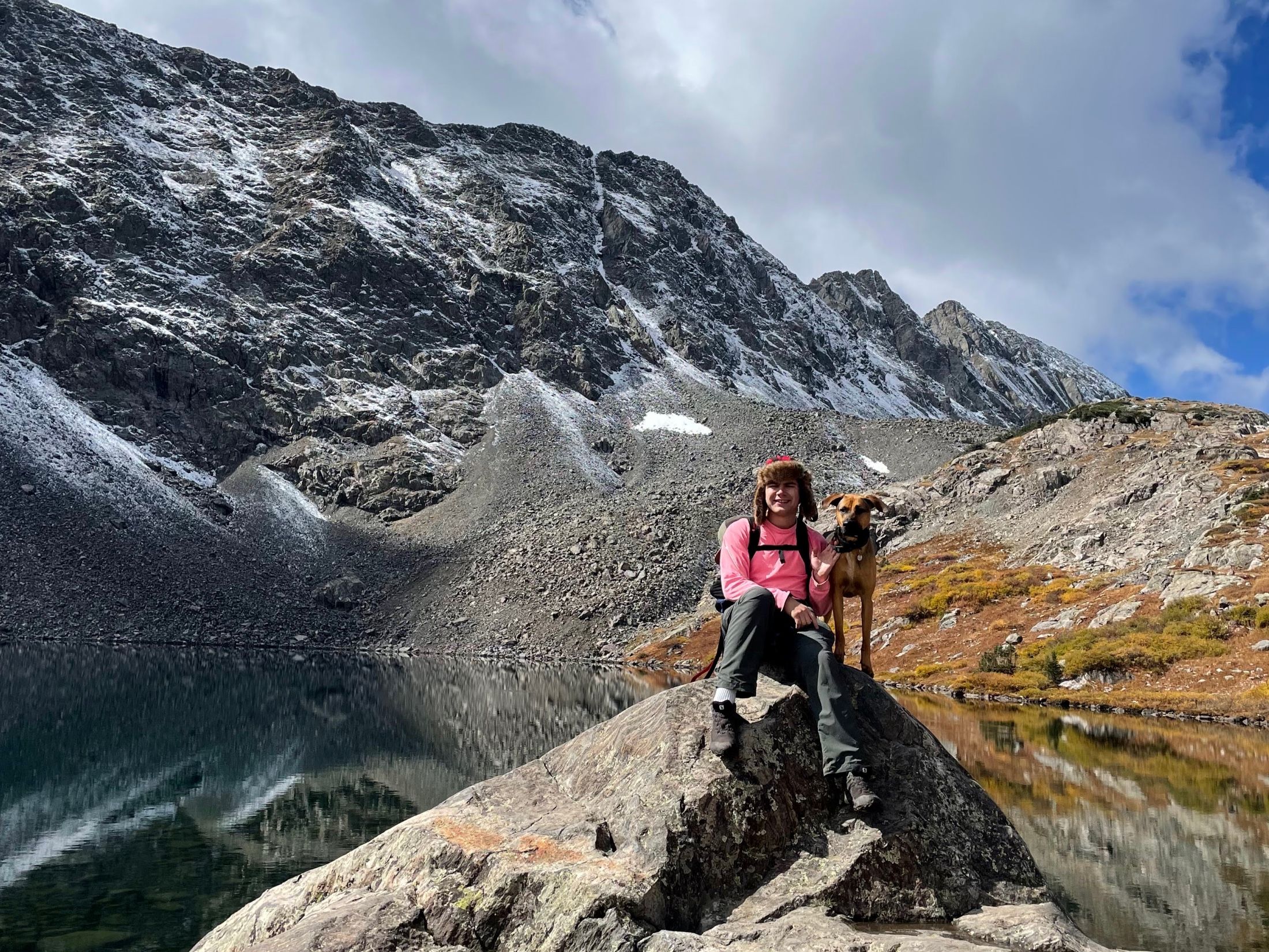I am an Environmental Affairs & Permitting Project Manager, and I work to balance our impact on ecosystems during project development. Ask me anything (AMA)

What does an Environmental Affairs & Permitting Project Manager do at a renewable energy company?
RIC Energy employs numerous environmental professionals in our Department of Environmental Affairs and Permitting (ie. The DEAP team!) because we understand how important it is to balance clean energy development with ecological integrity. We are all environmentalists and conservationists at heart, led by our own passions for protecting the natural environment. At RIC Energy, we lead federal, state, and local compliance for renewable energy projects. My work spans wetland delineations, endangered and threatened species assessments, avian habitat studies, invasive species management, and environmental mitigation design. From managing complex permitting processes to conducting impact assessments and developing mitigation strategies, I keep projects on track and environmentally responsible. I collaborate with agencies, communities, and cross-functional teams to navigate regulatory challenges and deliver clean energy solutions. With expertise in environmental law, project management, and renewable technologies, I’m passionate about creating solutions that allow for our energy projects to be harmonious with nature.
How did you come to work for RIC Energy? Tell us about your background.
I have been working in the environmental field for over 10 years on a variety of scientific and regulatory projects.
I got my professional start working in native ecological research with the Smithsonian Conservation Biology Institute in Virginia before gaining my Master of Science (MS) in Environmental Sciences and Permitting and transitioning into the environmental consulting world. There I led and managed wetland delineations, local permitting and compliance, endangered and threatened species assessments, agrivoltaic designs, and invasive species assessments and management as well as general project management.
The large majority of my consulting efforts were for utility scale renewable energy projects, which led me to cross paths with RIC Energy.

Where did your passion for environmental compliance come from?
I grew up in a very rural community surrounded by some of the oldest mountains in the world. Access to such unique natural communities as well as a fostered love for the natural world set me on the path of environmental sciences. Originally, I focused my attention on conservation of endangered species efforts and research. However, as I worked more within the confines of our regulatory system, it became apparent that policy and regulations must make sense for all stakeholders such as landowners and communities as well as resources we were working to protect.
More often than not, we all are trying to get to the same destination of a harmonious world.
How do you see environmental permitting evolving over the next decade?
One of the interesting trends we are seeing in environmental permitting is the adoption of the integration of Geographical Information Systems (GIS) and subsequent online based inquiry systems into the standard operating procedure on how to request information from agencies and coordinate review.
The benefit of using this technology is that information on protected resources can be accessed and reviewed much faster than previous email or traditional inquiry methods.
However, this often means these systems could lead to fast updates which means they need to be checked more frequently for site specific updates as well as removing the human element from any coordination.
As this trend continues, and more agencies adopt online mappers and review systems our team will need to stay on top of any changes to the environmental permitting process.

What is something unexpected about your career or current job that no one knows?
I believe a few members of my team may already know this, but while I worked on my MS, I was Office Manager for a law firm specializing in criminal defense and personal injury cases, with the occasional family law case. I firmly believe that any experience can provide valuable skills, and this particular job taught me many. Beyond the expected team management and scheduling skills such a position would require, there was great value in compassionately and firmly communicating with people from all walks of life, often dealing with their worst day. I was also able to compare the environmental law and policies I studied and work with daily now, with the law practiced there.
Can you share a memorable success story where your hard work had a significant positive impact on the environment or community?
As an environmental consultant, I was brought in on a wind project in North Country New York for my specialized experience working with rare, threatened, and endangered herpetological species, specifically salamanders.
The NYS Department of Environmental Conservation was concerned about the presence of state protected blue-spotted and Jefferson salamander species within the project area, however, did not have specific guidance on how to determine occupied habitat or survey designs for presence absence of the species.
As lead ecologist on the project, I was able to design and implement a vernal study that met the NYSDEC’s requirements and determine the extent to which the salamanders were onsite.
Through this effort the project was able to move forward while still protecting a vulnerable species often overlooked by regulations.


.webp)


